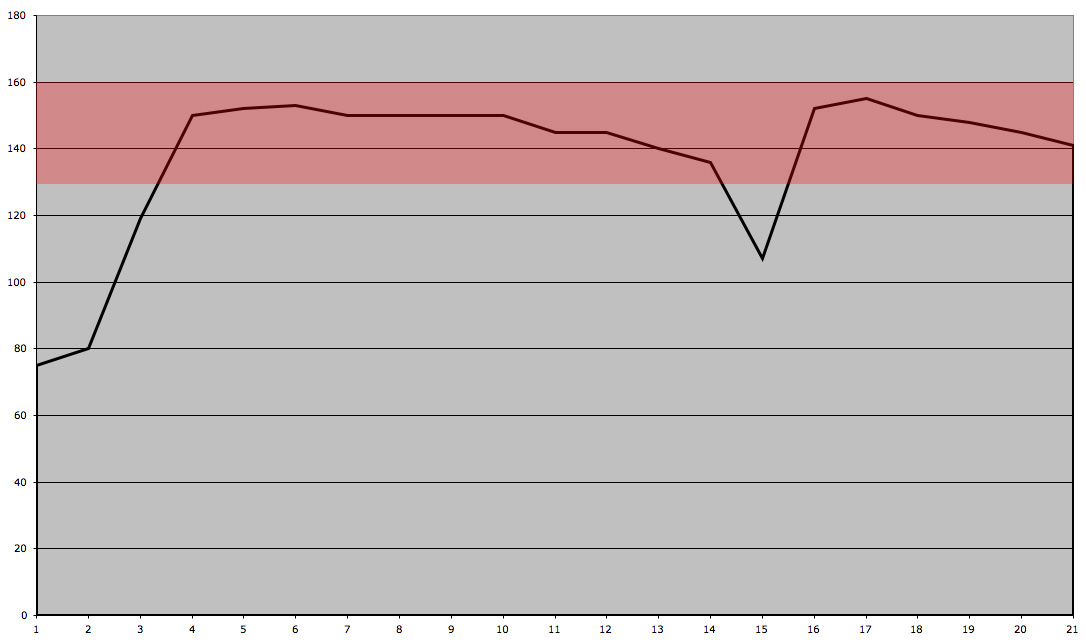Why do we need a vision?
From a startup to a large corporation, any enterprise needs a vision. We engage on a path for a reason, for a motivation, and it drives our quest. Expressing that reason in a simple and clear vision is formidable asset to arm oneself with in order to progress on our chosen path. Any enterprise is frought with obstacles and cross-roads. The danger lies in loosing our way and wasting our energy. A vision allows us to refer back to it in moments of doubt, in times when an important decision is required, by asking the simple question "is it aligned with my vision?"
How do I determine my vision?
An inspired
article by Erika Andersen, New York based business thinker and author, beautifully illustrates the importance of leading with a vision in any enterprise. She stresses on two key words to define a vision that will drive an enterprise: compelling and inclusive. Such a vision is the seed to a sustainable venture, for it encapsulates the DNA required for growth that includes all its stakeholders. Recall this
post on sustainable and inclusive enterprise.
A Compelling & Inclusive Vision
The author describes this as one that offers an alternate, plausible and enviable future that
requires the participation of the stakeholders (leaders, managers, actors, viewers, and to a certain degree society at large). In Enrika's words, a far-sighted vision, but more importantly a vision that
inspires its stakeholders to
aspire. That is very important, for not only it becomes you in that it drives your own determination and passion, but it is infectious and people will naturally follow and contribute to this enterprise. It is also important to realise that a vision belongs to all its stakeholders, not just yourself. This last point draws a fine line between success and decadence.
Some guidelines to determine your vision:
1. On a blank sheet of paper start jotting down ideas and words that you feel passionate about when you evoke your enterprise/path.
2. On a second sheet of paper, extract keywords from the first sheet, words that are the essence of your ideas and notes.
3. On a third sheet of paper retain a handful of these keywords, maybe 5 or 6.
4. Finally, draw up a sentence which captures the reality of these handful of words. The sentence does not necessarily include the retained words.
5. Review the first, second and third sheet at regular intervals, when you have a moment of quiet time, and let your inspiration flow. Do not force yourself to think about it, rather let it spawn day-dreams. Eventually, your vision will emerge as a single sentence. Cherish it!
Examples of inspiring visions:
"Henry Ford’s vision
of a nation where every family would have an automobile seemed
laughable, impossible, and even dangerous. Only the clarity of his
vision and his consistency in moving toward it brought the support from
others that he needed to make his vision a reality."
"When Jobs and Wozniak founded Apple Computers in 1976, the personal
computer was still new and untested. Moreover, the idea that almost
everyone would one day have a computer and that computers would be as
accessible and easy-to-use as televisions or telephones seemed like
craziness. "
There are visionaries all over the world, and today more so than ever, we need inspired and visionary leaders in India to awaken the tremendous potential of our nation. Here is an Indian visionary in both the literary and actual sense:
"If Coca-Cola can sell billions of sodas and McDonald's can sell
billions of burgers," asks Dr. V., "why can't Aravind sell millions of
sight-restoring operations, and, eventually, the belief in human
perfection? With sight, people could be freed from hunger, fear, and
poverty. You could perfect the body, then perfect the mind and the soul,
and raise people's level of thinking and acting."
Dr. Venkataswamy set up the Arvind eye hospital in "... 1976, facing the prospect of social shelving at age 57, he opened a
12-bed eye hospital in his brother's home in Madurai, India. Today, he
runs five hospitals that perform more than 180,000 operations each year.
Seventy percent of his patients are charity cases; the remaining 30%
seek him out and pay for his services because the quality of his work is
world-class. He is a doctor to the eyes and a leader to the soul." (extract from
The Perfect Vision of Dr.V. by Harriet Rubin, senior write at the Fast Company). At the bottom of Harriet's article is a set of guidelines that should inspire all of us to build India's future.













